Wineador Modification to Prevent Temperature Reset
I've been lurking at the old forums for a long while now. I’ve learned so much from the site and figured I would try to contribute. I’m in the process of outfitting my 28 Bottle Wine Enthusiast Thermoelectric Wine Fridge into a humidor. While many keep their fridge unplugged, others need a way to keep their cigar temperatures in check. In the case of the Wine Enthusiast and several other models of thermoelectric wine fridge, when there’s a power interruption the built-in thermostat resets to the lowest setting, resulting in condensation and a precipitous drop in RH. I’ve read that some keep their fridge connected to a power supply to keep it running continuously. If you are fairly handy with electronics you can install a switch and relay to keep the fridge from turning back on after a power outage, so that you can turn the fridge back on and adjust the thermostat at your convenience. Always make sure that you double-check the circuit and all connections so you don’t release the magic smoke.
Parts:
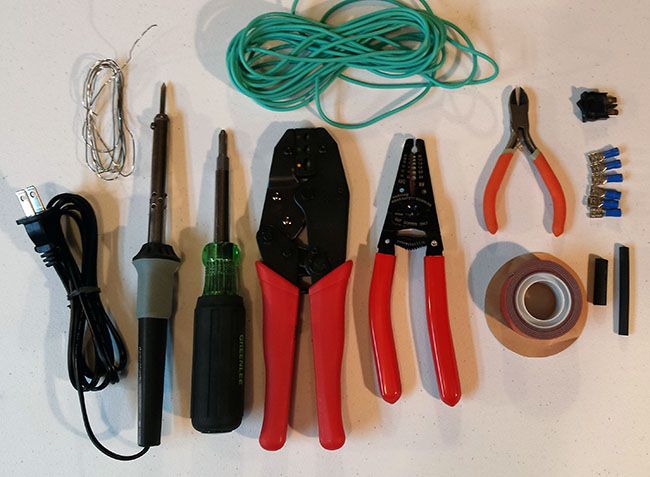
The principle here is that you use the switch to close the relay and send power to the fridge. The relay is then self-powering. In the case of a power outage the relay will open, and the only way to close it again is to manually hit the switch. Compared to a power supply this is an inexpensive modification that can be done in less than an hour. Fortunately I already had all the parts on hand, but they shouldn’t be difficult or expensive to procure.
Relay Wiring Diagram:
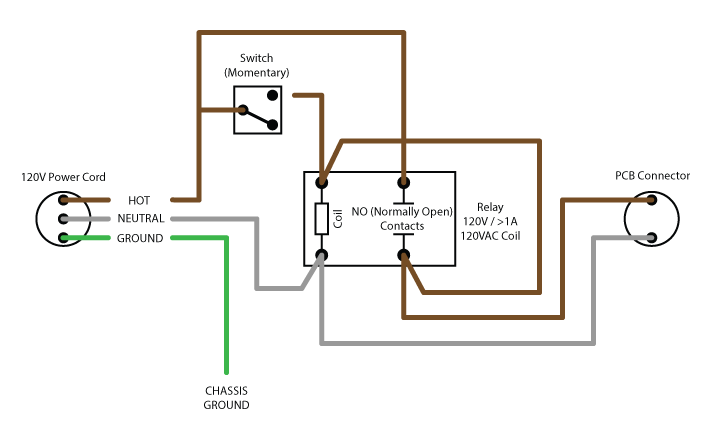
Directions:
1) Disconnect power cord and remove back cover from wine fridge. Disconnect power connector from PCB and remove cable strain relief to free power cable. Strip off approximately 12” of the outer sheath from the cable to expose the wires. Cut the hot and neutral wires, leaving about 9-10” running from the PCB connector and about 3-4” left on the power cable. Leave the ground wire intact and connected.
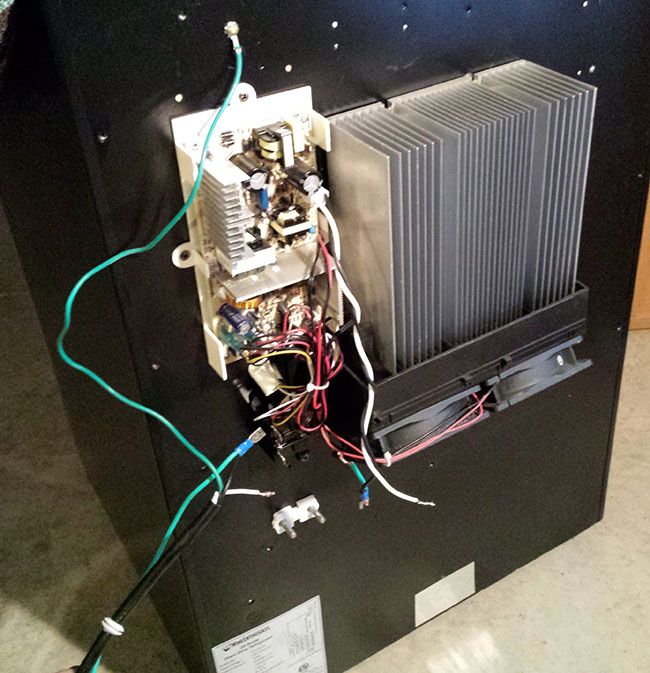
2) Attach relay with double sided tape. You want to get the good industrial grade tape so that it doesn’t fall off later. The relay must have a 120VAC coil and contacts rated for at least the current draw of the wine fridge. My 28-bottle thermoelectric fridge draws 1A. I used an old relay I pulled a long time ago from a broken vacuum cleaner, but a new one shouldn’t cost more than $10 online.
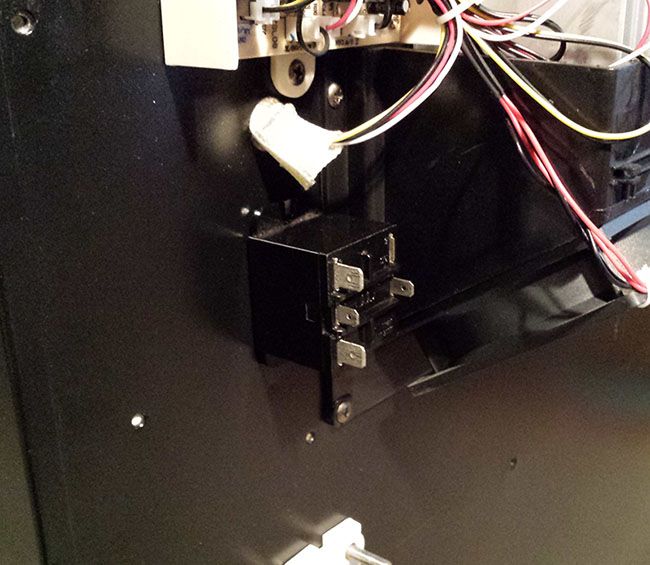
3) Cut hole in the back cover for the switch. I already had some small rectangular rocker switches, but a round switch would be easier to install since you just need to drill a big enough hole. Alternatively you can leave the switch hanging loose and tucked away behind the cover, just make sure to insulate the connections well with heat-shrink tubing or electrical tape. The most idiot-proof way is to use a momentary, SPST, NO switch to close the relay, but you can use a maintained switch as long as you remember to leave it open after you power on the fridge.
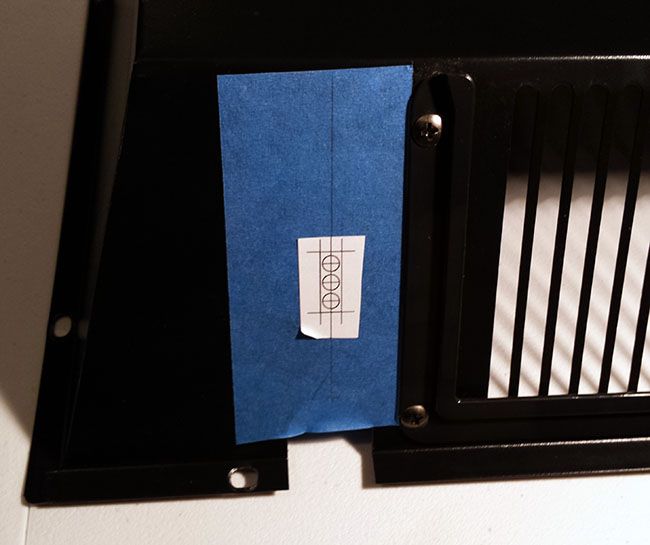
4) Cut additional wires, strip the ends, and crimp on female quick-disconnects to make the circuit as shown in the diagram. You can solder the connections if you prefer, but I find crimping to be faster and easier and you can disconnect it later if needed. Some switches come with solder tabs while others have male spade connectors.

5) Make sure to test the circuit before you reattach the back cover. When you plug in the cable the fridge should not power on. Flipping the switch should then close the relay and power on the fridge. Disconnecting and reconnecting the power cable should require flipping the switch again to power on the fridge.
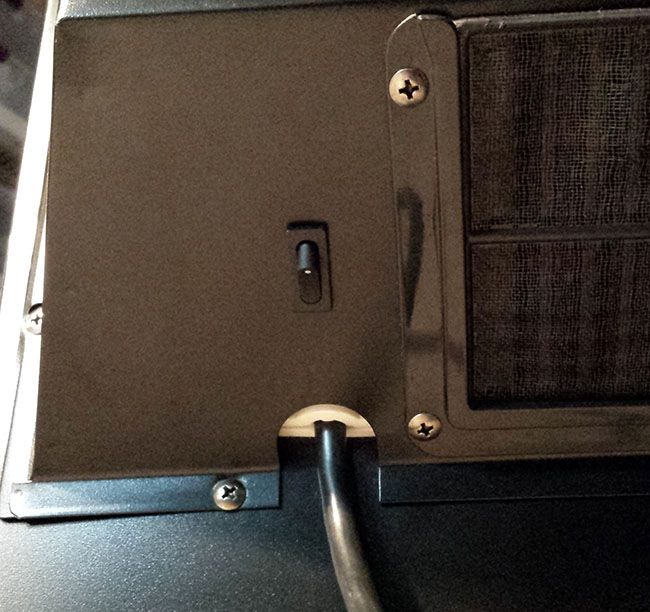
Now you can go enjoy a nice stogie knowing your collection will be perfectly safe in the event of a power outage. The fridge will remain turned off waiting for you to turn it back on.
I've been lurking at the old forums for a long while now. I’ve learned so much from the site and figured I would try to contribute. I’m in the process of outfitting my 28 Bottle Wine Enthusiast Thermoelectric Wine Fridge into a humidor. While many keep their fridge unplugged, others need a way to keep their cigar temperatures in check. In the case of the Wine Enthusiast and several other models of thermoelectric wine fridge, when there’s a power interruption the built-in thermostat resets to the lowest setting, resulting in condensation and a precipitous drop in RH. I’ve read that some keep their fridge connected to a power supply to keep it running continuously. If you are fairly handy with electronics you can install a switch and relay to keep the fridge from turning back on after a power outage, so that you can turn the fridge back on and adjust the thermostat at your convenience. Always make sure that you double-check the circuit and all connections so you don’t release the magic smoke.
Parts:
- 120VAC, Single Pole Single Throw (SPST), Normally Open (NO) Relay (for my fridge rated to at least 1A)
- Momentary, SPST, NO Switch
- Crimper (I got my crimper and stripper at Harbor Freight)
- Wire Stripper
- 16/14 AWG Female Quick-Disconnect Terminals (Make sure you get the right size for your male terminals, some are 0.250” while others can be 0.187” or smaller; I purchased my terminals at Harbor Freight as well)
- 18 AWG Wire (You want at least 18AWG; 16AWG and 14AWG would work as well; I pulled mine from an old extension cord)
- Industrial Double-Sided Tape (I recommend the Scotch Outdoor or Extreme Mounting Tape)
- Drill with Step Bit and/or Dremel with Cut-off Discs

The principle here is that you use the switch to close the relay and send power to the fridge. The relay is then self-powering. In the case of a power outage the relay will open, and the only way to close it again is to manually hit the switch. Compared to a power supply this is an inexpensive modification that can be done in less than an hour. Fortunately I already had all the parts on hand, but they shouldn’t be difficult or expensive to procure.
Relay Wiring Diagram:

Directions:
1) Disconnect power cord and remove back cover from wine fridge. Disconnect power connector from PCB and remove cable strain relief to free power cable. Strip off approximately 12” of the outer sheath from the cable to expose the wires. Cut the hot and neutral wires, leaving about 9-10” running from the PCB connector and about 3-4” left on the power cable. Leave the ground wire intact and connected.

2) Attach relay with double sided tape. You want to get the good industrial grade tape so that it doesn’t fall off later. The relay must have a 120VAC coil and contacts rated for at least the current draw of the wine fridge. My 28-bottle thermoelectric fridge draws 1A. I used an old relay I pulled a long time ago from a broken vacuum cleaner, but a new one shouldn’t cost more than $10 online.

3) Cut hole in the back cover for the switch. I already had some small rectangular rocker switches, but a round switch would be easier to install since you just need to drill a big enough hole. Alternatively you can leave the switch hanging loose and tucked away behind the cover, just make sure to insulate the connections well with heat-shrink tubing or electrical tape. The most idiot-proof way is to use a momentary, SPST, NO switch to close the relay, but you can use a maintained switch as long as you remember to leave it open after you power on the fridge.

4) Cut additional wires, strip the ends, and crimp on female quick-disconnects to make the circuit as shown in the diagram. You can solder the connections if you prefer, but I find crimping to be faster and easier and you can disconnect it later if needed. Some switches come with solder tabs while others have male spade connectors.

5) Make sure to test the circuit before you reattach the back cover. When you plug in the cable the fridge should not power on. Flipping the switch should then close the relay and power on the fridge. Disconnecting and reconnecting the power cable should require flipping the switch again to power on the fridge.

Now you can go enjoy a nice stogie knowing your collection will be perfectly safe in the event of a power outage. The fridge will remain turned off waiting for you to turn it back on.

